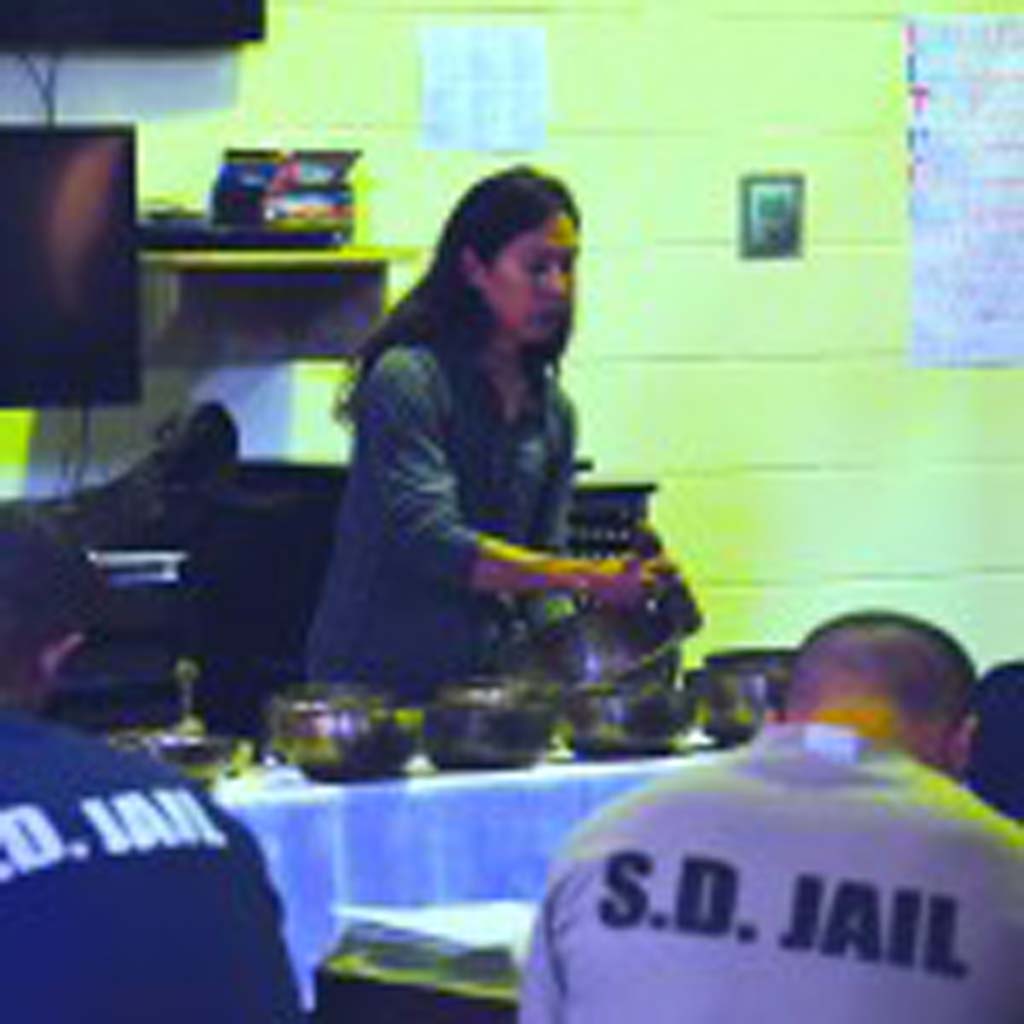ENCINITAS — For years, residents of a bustling area of Encinitas that has become the city’s unofficial cultural, educational and environmental hub have complained that the two main streets in the area — Saxony Road and Quail Gardens Drive — aren’t safe to cross.
They’ve told harrowing stories of close calls with cars zooming along the streets that many have come to use to bypass the busy Interstate 5.
They’ve worried that neighborhood kids and senior citizens can’t walk to the local YMCA out of fear they could lose their lives crossing the street.
And they have warned that if something is not done, the near misses will become tragedies.
“I don’t want to have that feeling anymore,” Zain Stearman, a 10th grade English teacher who lives along Saxony told the council, after recounting a near accident with her child when they were crossing the street to the YMCA. “This will lay on all of us for a long time if something happens.”
The City Council has gotten the message.
The council at its Dec. 10 meeting unanimously adopted a series of traffic-calming measures along the two roads between Leucadia Road and Encinitas Boulevard.
The measures include two pedestrian-activated sidewalks that flash lights to signal drivers of pedestrian crossings, one on each street, and a grand total of eight electronic speed signs that will alert drivers of their speeds against the current 40 miles per hour speed limit along both stretches.
Additionally, with the opening of the Encinitas Union School District’s farm laboratory along Quail Gardens Drive, the speed limit along that stretch of the street will be reduced to 25 miles per hour.
Ultimately, the city will conduct a traffic study once the fixes are in place to determine if the speed limit along both streets can legally be lowered.
The total cost of the improvements will be nearly $200,000, the most expensive being the crossing at Saxony, which entails the installation of two pedestrian access ramps, a sidewalk with a retaining wall, an overhead safety street light and the removal of up to three eucalyptus trees, which could run upwards of $100,000.
But the council members agreed they couldn’t put a price tag on resident safety.
“In many ways, this is low-hanging fruit,” newly elected Deputy Mayor Catherine Blakespear said. “It is an example of a project that should have happened years ago.”
Council’s approval came after hearing from representatives of six of the area’s major stakeholders, which comprise a group that calls itself the Encinitas Environmental Education, or “E3” Cluster — The Leichtag Foundation, whose headquarters are along Saxony; the Encinitas Union School District, which is opening a brand new farm lab along Quail Gardens; the Magdalena YMCA, among the nation’s busiest YMCA centers, along Saxony; Seacrest Village, a large retirement community along Saxony; the Heritage Museum and the San Diego Botanic Garden, which are both along Quail Gardens.
The organizations, long waiting for a solution, pledged financial assistance to the city in order to expedite the construction of the measures — the YMCA and Seacrest Village each pledged $10,000 toward the construction of the new crossing along Saxony and the Leichtag Foundation pledged up to 50 percent of the costs of the speed signals along the road, or $20,000.
Originally, the groups made the pledge contingent on the city completing the work in six months, but later backed off the time restrictions after the council and city staff explained that it might not be financially feasible to complete the work in that time frame, but reasonable to at least get the work started.
The City Council, meanwhile, directed staff to begin searching for the money to complete the Saxony crossing immediately, after staff had recommended the council approve next year as part of the 2015-16 capital improvement budget.
City officials praised the leaders of the E3 cluster for galvanizing the area’s efforts, calling it an example of “community activism” that has led to positive results.

